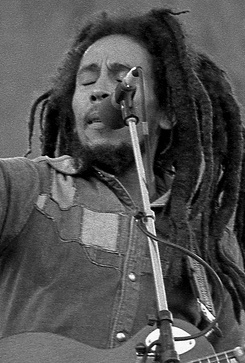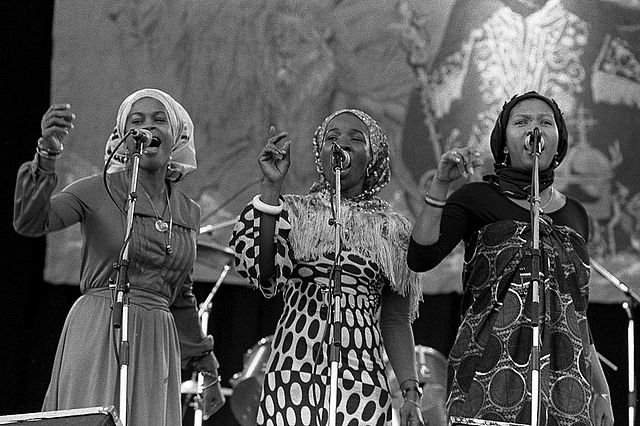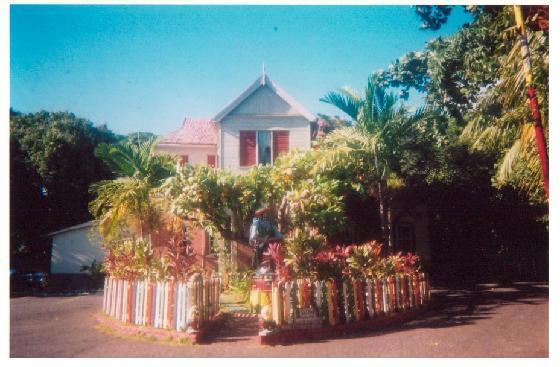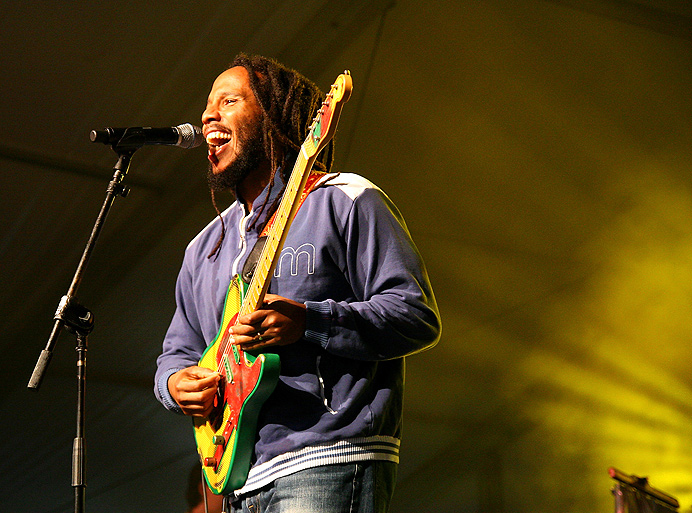Homeless at age 19, in one of the poorest cities of the Third World, Bob Marley eventually created what Time Magazine called, “The greatest album of the Twentieth Century.
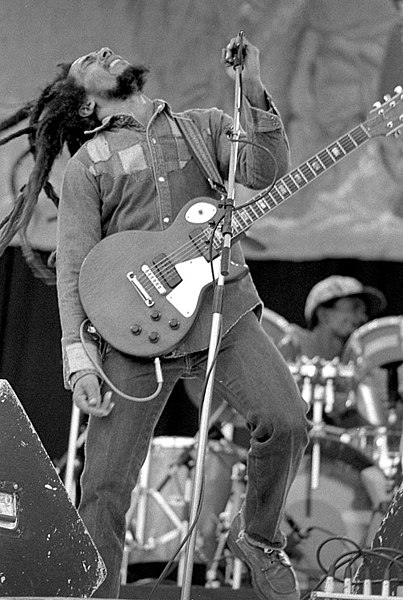
Robert Nesta Marley was born in Nine Mile, Jamaica on February 6, 1945 to Cedella Editha Malcolm and Norval Sinclair Marley. Marley’s mother, a Jamaican of African descent was 18 years old. His father, a Caucasian of British ancestry was 60. Although Norval Marley has been described as a sea captain, British army officer and even quartermaster he was in fact a laborer and construction worker who never saw military action. He lived and worked in Britain, Africa and the Caribbean and was employed as an overseer of the subdivision of the rural area around Nine Mile in the Jamaican province of St. Anne. At the time of Bob Marley’s birth, Nine Mile had neither electricity or running water.
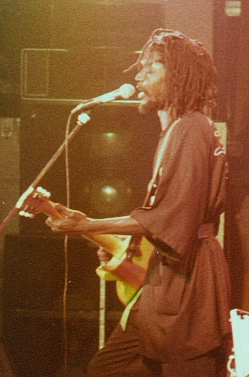
Literally around the corner, on Third Street, a successful musician by the name of Joe Higgs routinely ran practice sessions with locals he deemed talented enough. There, Bob and Bunny met another aspiring crooner named Winston Hubert McIntosh, eventually known as Peter Tosh, and Higgs decided the trio had something special.
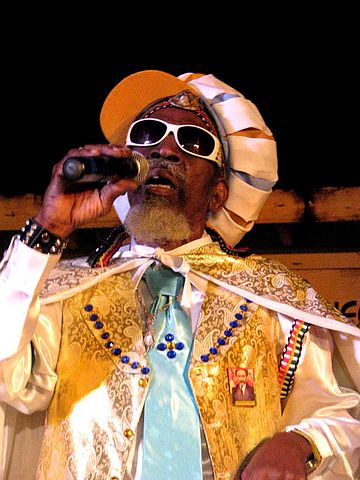
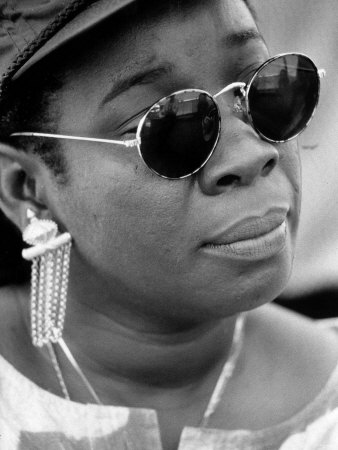
Finally, Bob Marley became so fed up with the situation that he decided that he would join his mother in Wilmington, Delaware. He hoped to find work and save enough money to bankroll the Wailers own production and recording efforts allowing the musicians to retain control over the profits. Before leaving, perhaps to reassure her, Bob made the decision to marry his longtime girlfriend, Rita. He promised to return and the official wedding on February 10, 1966 underlined his commitment.
Podcast: Play in new window | Download
Subscribe: RSS

